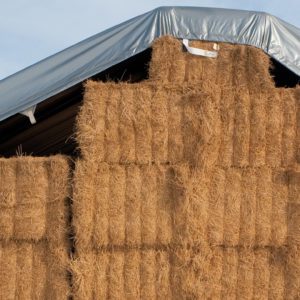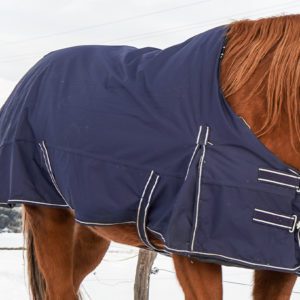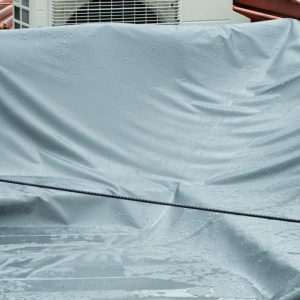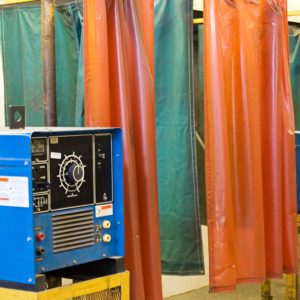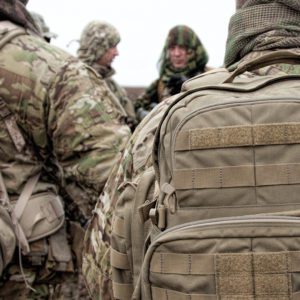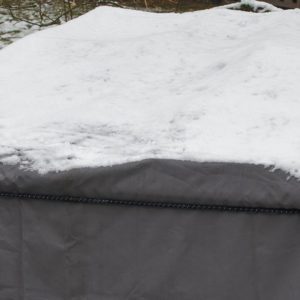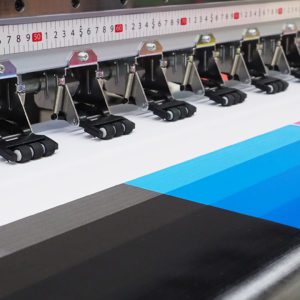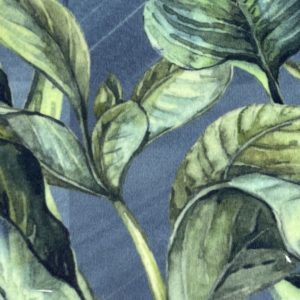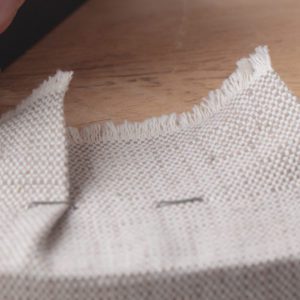Overview
There are two primary types of durability testing for fabric tensile strength and tear strength. These tests determine fabric durability, how well it holds up under stress, and how quickly it will break. This article explores two types of fabric strength testing methods commonly required for industrial applications: tensiles and tears.
What Is Fabric & Textile Tensile Strength?
Tensile strength typically refers to the strength and elongation properties of the textile. It is usually measured in units of force per cross-sectional area (i.e. pounds per square inch).
There are two common tests for fabric and textile tensile strength:
ASTM D 5035: Strip test: Grips clamp a strip of fabric using jaws wider than the sample width.
ASTM D5034: Grab test: Grips of a testing machine clamp a fabric sample in the center using jaws smaller than the sample width.
Does Wet or Dry Fabric Testing Make a Difference in Tensile Strength?
Sometimes wet or dry testing does make a difference, depending on the fabric. For instance, the strength of wet cotton yarn is greater than that of dry cotton yarn.
There are a lot of different fabric and textile tensile tests. Some of the most popular ASTM tensile testing standards for textiles include:
- ASTM D5034 – Tests the breaking strength of textile fabrics.
- ASTM D5035 – Tests the breaking force of textile fabrics.
- ASTM D6775 – Tests the breaking strength of webbing and braided materials.
- ASTM D7269 – Tests the aramid or nylon yarns.
- ASTM D4632 – Tests for grab breaking load.
What Is Fabric & Textile Tear Strength?
Tear strength is the measurement of the resistance of fabric against tearing. It actually relates to the individual yarns in the fabric. There are three basic fabric and textile tear testing methods. Each test specimen is very different from the others.
-
ASTM D2261: Tongue tear is a single rip procedure SunMaster was tested using the tongue tear method.
-
ASTM D5587: In the Trapezoid tear method, fabric is cut into a trapezoid shape and a small tear is made before starting the test.
-
ASTM D1424: The Elmendorf, or Pendulum method uses a smaller specimen than the other tests and starts with a slit in the fabric.
Tensile and Tear Strength May Change Over Time
It’s important to be aware that textile tensile and tear strength may change. This can depend on environmental conditions and end-use, or the type of fiber, denier, and construction of the fabric itself.
Wind, sun, moisture all can contribute to a loss of tensile and tear strength, as the fabric breaks down over time.
One of the biggest contributing factors to a reduction in fabric or textile strength is sunlight, which can speed up degradation.
Summary
Durability testing is an important part of the textile world. The two very common test types are fabric tensiles and tears testing.
There are many different testing methods based on fabric and end-use. Tensile testing tests a fabric’s strength and elongation properties, with two common methods the grab test ASTM D5034 and the strip test ASTM D5035.
Tear testing measures the resistance of fabric to tearing using three popular methods: Tongue tear, trapezoid tear, and Elmendorf.
